I have a LED lamp (it already HAS a power adapter), all I'm trying to do is turn it on using a NPN transistor (2N3904):
Someone told me that I will burn my transistor or controller attached to the base if I don't know how much current the device (the LED lamp) is using.
I can only understand that I need to know this, so I can be sure that the transistor can handle that much current, but I don't understand what does it has to do with base and burning down the controller or whatever is attached to the base? Do I need to know the current of the device because extra current might come into the base? I'm completely lost..
My question: "Under what conditions can extra current come into the base?"
UPDATE: I measured the current for the LED, and it uses 150mA, does that mean I can safely use 2n3904?
